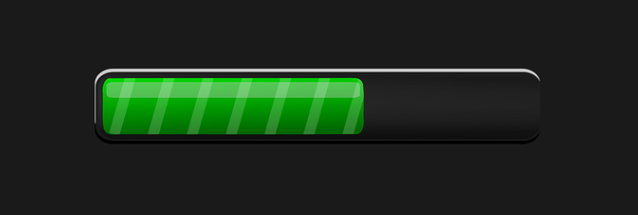Updated January 10, 2023
Reading Time: 3 minutes
Do You Really Need It?
Put simply, website caching increases the speed at which your site renders to your visitors’ devices. Speed is one of the more important items that Google looks for in a website. And it’s one of the few SEO factors you have 100% control. So do you really need website caching? In most cases, the answer is a resounding yes! If you can speed up your site and gain a competitive advantage, why wouldn’t you?
The term caching refers to the temporary storage of documents or files which enable them to be loaded more quickly if they are required. So instead of the server asking for every piece of information on a website each time someone requests to view it, the server will save some pieces of information and have them ready. Then it doesn’t need to start from zero when loading everything. It’s a little like visiting your grandma’s house… where she stocks some of your favorite foods in anticipation of your arrival.
How Website Caching Works
Let’s take a blog post as an example. Normally when the blog post is requested, either from a Search Engine Results Page (SERP) or from a website’s navigation page, it then transfers from the server into HTML. Then the visitor’s browser displays the post.
Now that the blog post has been loaded once and if website caching is enabled, the server stores the HTML file itself in its RAM memory. As other visitors visit the same post, the post loads more quickly. But what if you’ve updated the blog post in between visitors? Don’t worry, the server is alerted. That’s server caching.
Another type of website caching is browser caching. Browser caching essentially follows the same process as server caching but is done on a more individual level. For example, when you loaded this blog post, your browser cached some information about our website. So when you come back next time, the post loads more quickly as it will have retained some information from your previous visit.
This is also why sometimes when you update parts of your website (say a logo or an image) you won’t always see the change immediately when you refresh your browser. Because that image will be cached, and it will take time until the browsers notices that it has been changed. An inside tip if you’re making website adjustments and come up against this issue, is to check your site in your browser’s “incognito”, or no cookies, mode.
If you’ve heard of AMP (Accelerated Mobile Pages) then you’ll have already seen caching in action, as this is how Google helps websites serve their pages, specifically to mobile devices, more quickly than other types of page.
Cache Me I’m Falling
So caching your website will make it load more quickly. But how important is that? If your site is already well coded, it should load within a couple of seconds maximum. So what real benefit does shaving a few tenths of a second off give you? Well, quite a big one.
Patience is at an all-time low. People want what they want and they want it NOW. Users are not prepared to wait for a page to load. This is especially true on mobile, where any website lag seriously damages the user experience. Search engines know this and take site speed it into account when ranking websites. Improved site speed through website caching has two practical effects: 1) a better user experience and 2) an SEO benefit. While the user ‘might’ not notice a tenth of a second, Google will. Curious to see your website’s site speed? Try Google’s free PageSpeed Tool.
How can you set up website caching?
If you’re running a WordPress website like we are, you can install a caching plugin. We use Simple Cache Plugin which we find to be good and, well, simple… We get great results because we manage our own hosting servers and we make sure that speed is optimized at both levels. Most likely your website hosting service controls your server speed. If you pay for managed hosting, some caching features may be built in. So be careful not to overlap what they’re already doing. Also, if you’re running one plugin, don’t be tempted to turn on a second. It will either slow or break your site!

